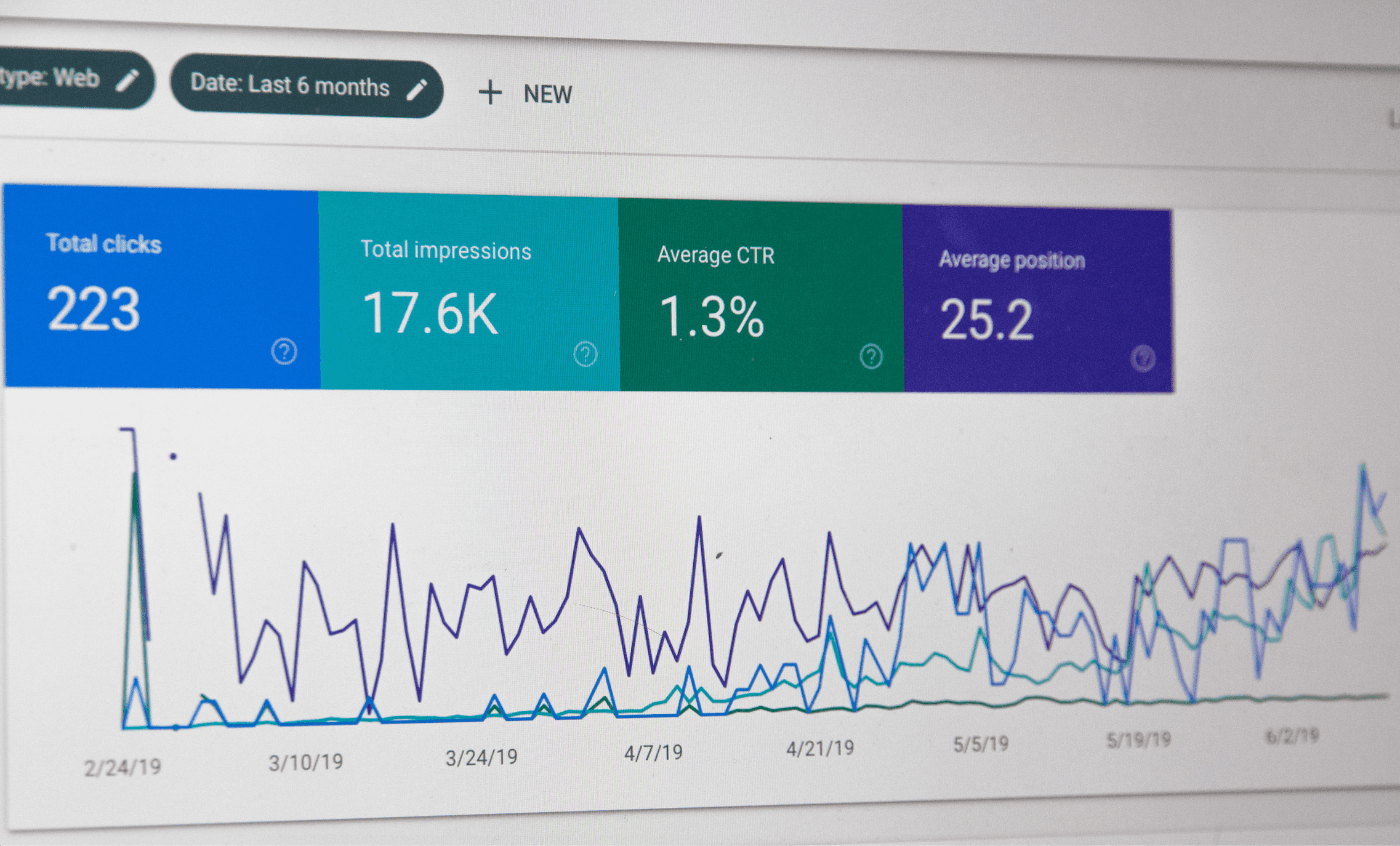Should You Blog For Business? [A Quick Guide]

Blogging for business seems like such an archaic idea in 2024, with all the buzz about AI tools like ChatGPT. However, old is gold! Blogging is one of the most cost-effective channels, and when done correctly, it can help you move to six and seven figures in your business.
Should you blog for your business in 2024? Yes. Any piece of content you publish is yours, compared to other marketing channels. Secondly, blogging has a long lifespan and ensures your content will be available on your website forever. This means it will continually attract, engage, and convert new customers for your business.
In case you need a guide to help you get started or streamline your blogging process, continue reading.
6 Proven Strategies for Blogging Success

1. Set your content marketing goals
Before creating any content, you need to identify your “why.” This is what we are referring to as content marketing goals. Why do you want to create blog content? What do you want to accomplish? This will guide the topics you create and the kind of content you create. Additionally, it will help you receive a return on the time and effort you put into creating content.
Creating content marketing goals will also help you identify the kind of audience you want to attract, which will, in turn, help you create relevant content.
The following is an example of content marketing goals:
- Build brand awareness
- Educate your target audience
- Attract new customers
- Improve your SEO
- Deepen customer relationships and foster brand loyalty
- Engaging with customers
2. Choose quality over quantity every time
Good quality content is underrated. One well-done blog has the potential to earn you more traffic than ten poorly written articles. When building your content pipeline, focus on quality first. Once you get the quality dialed in, increase your quantity.
Content quality and quantity are not mutually exclusive ideas! Both can coexist, but for them to work well, you have to figure out the quality first and then go bonkers on the quantity.
How do you create quality content?
a. Use LSI Keywords
It’s not enough to create content only using one keyword. This will limit the reach of your content. You need to incorporate other related terms so that Google can understand what your content is about, but more importantly, so that your readers can be able to find your content using multiple search terms.
For example, If I am writing about “global warming,” then I’ll include terms such as climate change, environment, pollution, greenhouse gases, carbon dioxide, and the ozone layer.
These words are related terms and search queries (LSI keywords), which will help Google understand that I’m writing about “global warming” and be ranked for it.
b. Conduct competitor analysis
Blog content doesn’t exist in a vacuum. It is displayed against other competitors’ work, so you need to know your competition and see what you are up against. Look at other blogs using the same topic or keyword in the search results page (SERPs).
Check out their:
- Word count
- Tone and voice
- Number of images
- Presentation of content
- Use of research, data, and statistics
- Use of graphs, videos, and infographics
Once you see what they are doing, aim to make your content better in all ways. If they quoting one study, quote two. If they have used four images, use six and add an extra infographic. Google will reward you, and you will outrank your competition. Also, the better your content is compared to your competitors, the easier it will be to attract new audiences.
5 Things You Can Do to Outrank Your Competition:
- Write better content. Provide as much value as possible.
- Don’t be generic or impractical. Be as detailed and realistic as possible.
- Write content that matters to your readers – analyze the FAQs and “people also search for” sections on Google.
- Be specific and avoid keyword stuffing.
- Use short and concise subheadings.
3. More Blog Posts = More Traffic
Hypothetically, if one high-quality blog post brings 1000 unique visitors to your site, then two quality blog posts will bring 2000 visitors. And 100 quality blog posts will bring more than 100,000 unique visitors. You get the drift.
Please know that the statement above is only for teaching purposes. Google traffic is more complex than that and is not linear. However, the bottom line is that the more blogs you create, the more keywords Google ranks you for, which results in more traffic.
Alternative thinking:
How can you publish more if you spend an entire week writing a monstrous blog post of 8-9k words? Maybe you don’t need to publish a lot.
If you are writing such monstrous content weekly, one post is more than enough to beat your competition. Also, more words (keywords and LSI keywords) will cover more topics, bringing users with different needs to one blog post. So, if you are writing extra long posts, volume is unnecessary.
However, If you are writing blog posts with a moderate word count, aim for three posts a week. Keep in mind, though, that you also need to distribute and promote your blogs once you publish them. What good is it to create amazing content that no one sees?
4. Share your content on various social media channels
An essential part of content marketing is social media strategy. Ensure you distribute your blog content on social media. This will help you reach more people with your content instead of just relying on Google to push it on SERPs. When you analyze your traffic, you’re likely to see that 30% comes from social media platforms.
Bonus Writing Tips:

- When writing, start by selecting a keyword/keywords. Then, find LSI keywords, valuable data, statistics, and research.
- Ensure your keyword has high volume and low competition.
- Write a monstrous, specific, high-quality article that provides the best user experience.
- Promote your content on various social media platforms. Use advanced techniques so that your blog post reaches the targeted audience (those who are interested in the topic).
- Once you build a loyal audience, build an email list to re-engage your audience.
Conclusion

If you are contemplating embarking on or sustaining blogging efforts in 2024, the resounding answer is yes. Your published content is a valuable asset, distinct from other marketing channels. It has an enduring lifespan and will ensure a continuous flow of potential customers to your business forever.








